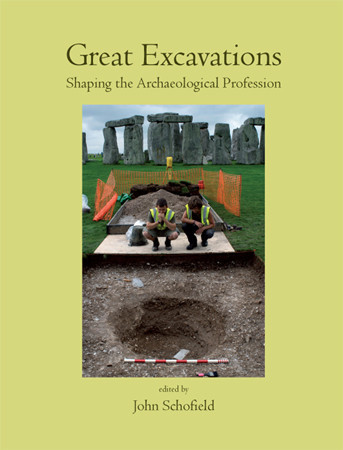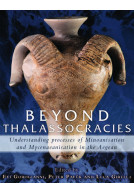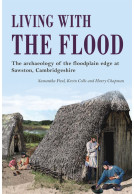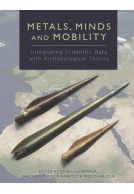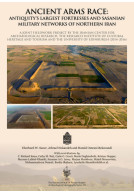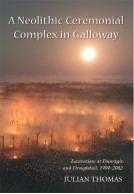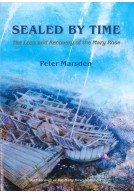Great Excavations (Paperback)
Shaping the Archaeological Profession
Imprint: Oxbow Books
Pages: 368
Illustrations: 146 b/w and col illus
ISBN: 9781842174098
Published: 31st January 2011
Script Academic & Professional
Pages: 368
Illustrations: 146 b/w and col illus
ISBN: 9781842174098
Published: 31st January 2011
Script Academic & Professional
You'll be £40.00 closer to your next £10.00 credit when you purchase Great Excavations. What's this?
+£4.99 UK Delivery or free UK delivery if order is over £40
(click here for international delivery rates)
Order within the next 2 hours, 16 minutes to get your order processed the next working day!
Need a currency converter? Check XE.com for live rates
(click here for international delivery rates)
Order within the next 2 hours, 16 minutes to get your order processed the next working day!
Need a currency converter? Check XE.com for live rates
Great excavations inspire and capture the imagination of both the public and archaeologists alike; sites like Danebury, Sutton Hoo, Maiden Castle, Mucking and York conjure images of great discoveries and leaps in knowledge. But what was it like to participate in these excavations? What is the story of these projects, and what made them great? This is a fascinating and entertaining retrospective documenting some of the seminal British excavations, assessing why they were so significant and why they persist in the memory and folklore of archaeologists today. It is also a social history of the profession and one that should stir memories and dispel (or corroborate) some urban myths that younger archaeologists may be aware of. An impressive list of authors and projects make this a significant contribution to the history and development of British archaeology over the course of the twentieth century. Fourteen chapters describe specific projects: Sutton Hoo, Birdoswald, Maiden Castle, Winchester, Owslebury, Danebury, The Breiddin, Wroxeter, Haddenham, Howe, York, Mucking, West Heslerton and Wharram Percy; six further chapters provide a thematic overview, covering early excavations, the IFA, English Heritage and the commercial sector. The world of archaeology has changed dramatically over the past twenty-five years, not least in becoming a profession. One of the clear messages of this book is the requirement for archaeology that great excavations continue in the future, to inspire another generation of archaeologists. The scope of archaeology may have changed, and the methodologies with it. The politics of excavation have changed too, with a more commercially driven and professional endeavour. But it is still, typically, the direct physical engagement with earth, artefacts, place and people (of the past and the present) that draws us in. This is why excavations matter, and why they can be great.
Other titles in Oxbow Books...







